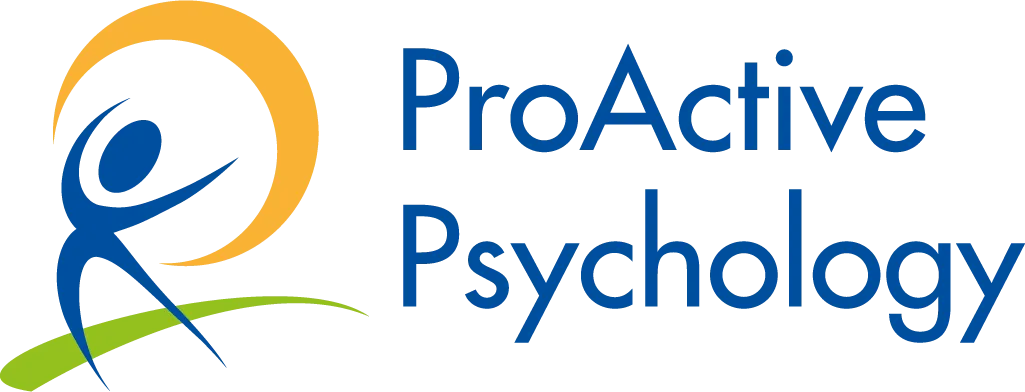
You grip the steering wheel, your foot pressing firmly on the accelerator. You can see your destination in the distance—the life you want, the goals you’ve set, the success you’re striving for.
But there’s a problem.
At the exact same time, your other foot is slammed down on the brake.
The engine roars, the tyres might even screech, but the car isn’t going anywhere. You’re burning fuel, exerting effort, and yet… you’re stuck.
Sound familiar?
You’re working hard—pushing, striving, doing all the right things—but you still aren’t progressing. Many high-achievers find themselves in this exact position. They have a clear vision and set their goals, but something invisible is holding them back.
Your problem isn’t effort. It’s resistance.
Most people assume they need to do more—read more books, attend more seminars, and hustle harder.
But what if the real solution isn’t adding more to your life but removing what’s stopping you?
Three hidden types – 3 silent blocks – of resistance act like an emotional handbrake, keeping people from moving forward. These are trapped emotions, limiting beliefs, and values conflicts. The good news is that progress becomes effortless when you learn to recognise and remove them.
Let’s start with the first and often most potent form of resistance: trapped emotions.

How Trapped Emotions Hold You Back From Success
Trapped emotions are like carrying a heavy backpack while trying to run. At first, you can manage, but the longer you carry the weight, the harder it gets. Eventually, your legs burn, your breath shortens, and your pace slows to a crawl. That’s precisely what happens when we carry unprocessed emotions—except instead of weighing down the body, they weigh down progress.
What Are Trapped Emotions?
Trapped emotions are past emotional experiences that were never fully processed. Fear, guilt, shame, self-doubt—these emotions don’t just fade with time. They linger, influencing decisions and behaviours without conscious awareness.
And the most dangerous part?
We don’t even notice we’re carrying them.
Someone might want to start a business, leave an unfulfilling job, or pursue a personal goal, but every time they try, something holds them back. They tell themselves they’re “not quite ready” or need “just a little more time.” They rationalise, delay, and find reasons to stay where they are. But beneath the surface, it’s not about needing more time or preparation. It’s about an emotion that got trapped years ago.
A person once told they weren’t smart enough may now struggle with self-doubt, hesitating whenever an opportunity arises. Another who experienced a painful failure in the past may now feel paralysed by fear, unable to take risks. Someone shamed for speaking up may avoid leadership roles, even if they desperately want to step forward.
The emotion itself acts like a handbrake. No matter how much effort is applied, it stops forward movement.
How to Release Trapped Emotions and Move Forward
The good news is that trapped emotions can be released.
Techniques like the Emotional Freedom Technique (EFT), or “tapping,” help process and clear stored emotional energy. Mindfulness-Based Stress Reduction (MBSR) trains the mind to stop reacting to past emotions. Guided visualisation allows the brain to rewrite how it experiences old emotional wounds.
When trapped emotions are released, it’s like dropping that heavy backpack. Suddenly, moving forward feels light, easy, and natural.
But emotions aren’t the only kind of resistance that keeps people stuck. Another silent obstacle is limiting beliefs.

How to Identify and Overcome Limiting Beliefs
Limiting beliefs are invisible chains.
They are thoughts that people accept as absolute truth, even when they aren’t. “I’m not smart enough.” “I’ll never succeed.” “I don’t deserve happiness.” These beliefs aren’t reality, but they dictate it.
How Limiting Beliefs Stop You From Achieving Your Goals
Imagine a baby elephant tied to a small rope. It tries to break free, but the rope holds firm. Eventually, it stops trying. Even when it grows into a mighty adult elephant, capable of snapping the rope effortlessly, it never does—because it believes escape is impossible.
That’s exactly how limiting beliefs work.
They keep people stuck, not because they can’t break free, but because they don’t believe they can.
- A talented professional might dream of starting their own business but hold the belief that they aren’t experienced enough.
- A creative person might have ideas for a book, a product, or a service but tell themselves, “I’m not the kind of person who succeeds.”
- Someone who grew up hearing, “Money doesn’t come easy,” may self-sabotage financial success without realising it.
These beliefs operate beneath the surface, shaping reality like a self-fulfilling prophecy.
How to Reprogram Your Mind and Overcome Limiting Beliefs
Just like trapped emotions, limiting beliefs can be rewritten.
Cognitive Behavioral Therapy (CBT) is one of the most effective tools for challenging and changing limiting beliefs. It involves questioning the validity of old beliefs and replacing them with new, empowering ones. When someone shifts from “I’m not good enough” to “I am capable,” their actions and results change.
When limiting beliefs are removed, reality changes with them.
But there’s one more major resistance that holds people back—values conflicts. This is where two deeply held priorities pull in opposite directions, creating an internal battle that prevents movement in either direction.
Resolve Values Conflicts and Eliminate Indecision
Values conflicts create a mental tug-of-war that prevents action. Someone might deeply value financial security but also crave freedom. They may want to leave a draining job but fear losing stability. They might have multiple business ideas but never commit to one because they can’t decide the “right” one.
Indecision caused by values conflicts is one of the most common causes of long-term resistance. Research shows that over 90% of people struggling with chronic unhappiness have unresolved indecision at the root of their dissatisfaction.
A person stuck between staying in a job they hate and chasing a dream often spends years in limbo, doing neither entirely. Someone torn between multiple passions may spend decades “dabbling” but never making real progress. Even small decisions, like choosing where to go on holiday, can become a source of stress if values conflict—spending the whole trip thinking about the alternative choice rather than enjoying the experience.

Align Your Values and Take Confident Action
When values conflicts are resolved, decision-making becomes effortless. The mind stops fighting itself, and action becomes natural.
- The key to permanently removing resistance is understanding that logic and emotion must be addressed. Many methods focus only on one. Logical approaches, like traditional goal-setting and planning, fail to remove emotional blocks.
- Emotional techniques, like deep transformational workshops, often create temporary breakthroughs that fade after a few weeks.
To create lasting change, both must be integrated.
That’s exactly what we do in the Reset Your Mindset free 1-hour course. It covers the science-backed, proven methods to remove resistance – all 3 silent blocks – at both the logical and emotional levels—so that instead of struggling to push forward, movement becomes automatic.
If you’ve been spinning your wheels, feeling like no matter how hard you try, something is still holding you back, resistance is the missing piece.
It’s time to take your foot off the brake.
The Reset Your Mindset free training will show you exactly how to do it—so you can finally move forward without the struggle.
Join the free session today – RESET YOUR MINDSET FREE TRAINING.
References
American Psychological Association (APA). (2023). What is cognitive behavioral therapy (CBT)? [Online] Available at: https://www.apa.org/ptsd-guideline/patients-and-families/cognitive-behavioral [Accessed 17 Feb. 2025].
Church, D. (2013). Clinical EFT as an evidence-based practice for the treatment of psychological and physiological conditions. Psychology Journal, 10(2), pp. 75-85.
David, D., Cristea, I. and Hofmann, S.G. (2018). Why cognitive behavioral therapy is the current gold standard of psychotherapy. Frontiers in Psychiatry, 9, pp. 1-5.
Emerson, L.M., Leyland, A., Hudson, K. et al. (2017). Mindfulness interventions in schools: The evidence base and implications for future research and practice. Mindfulness, 8, pp. 1136–1149.
Greenwald, R. (2020). Eye Movement Desensitization and Reprocessing (EMDR): Overview and applications. Journal of Trauma & Dissociation, 21(3), pp. 215-233.
Hayes, S.C., Luoma, J.B., Bond, F.W., Masuda, A. and Lillis, J. (2006). Acceptance and Commitment Therapy: Model, processes and outcomes. Behaviour Research and Therapy, 44(1), pp. 1-25.
McManus, F., Shafran, R. and Cooper, Z. (2010). What does a ‘belief’ mean to cognitive therapy? Behaviour Research and Therapy, 48(5), pp. 403-409.
National Institute for Health and Care Excellence (NICE). (2022). Cognitive behavioural therapy for anxiety disorders and depression. [Online] Available at: https://www.nice.org.uk/guidance/cg113 [Accessed 17 Feb. 2025].
Porges, S.W. (2011). The Polyvagal Theory: Neurophysiological foundations of emotions, attachment, communication, and self-regulation. New York: W.W. Norton & Company.
Shapiro, F. (2017). Eye Movement Desensitization and Reprocessing (EMDR) therapy: Basic principles, protocols, and procedures. 3rd ed. New York: The Guilford Press.
Tschacher, W. and Storch, M. (2015). How mindfulness training helps overcome resistance to change: A neuroscientific perspective. Psychotherapy Research, 25(5), pp. 561-568.


